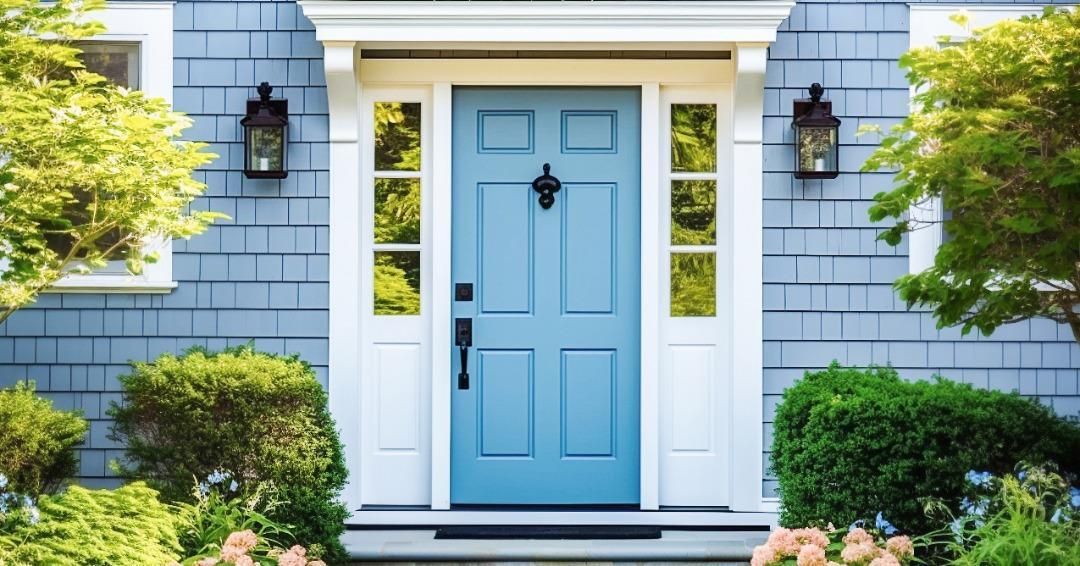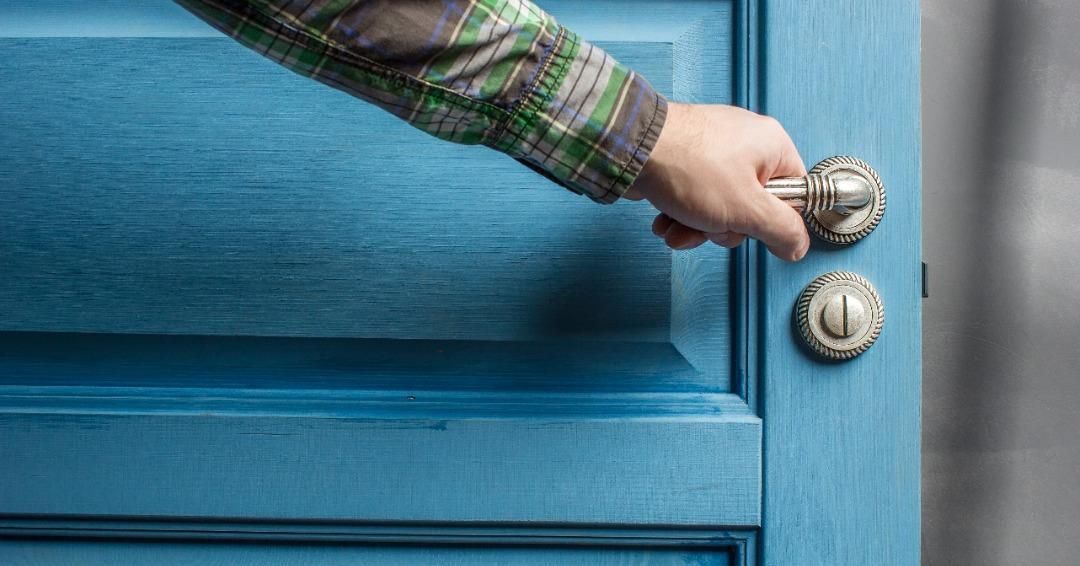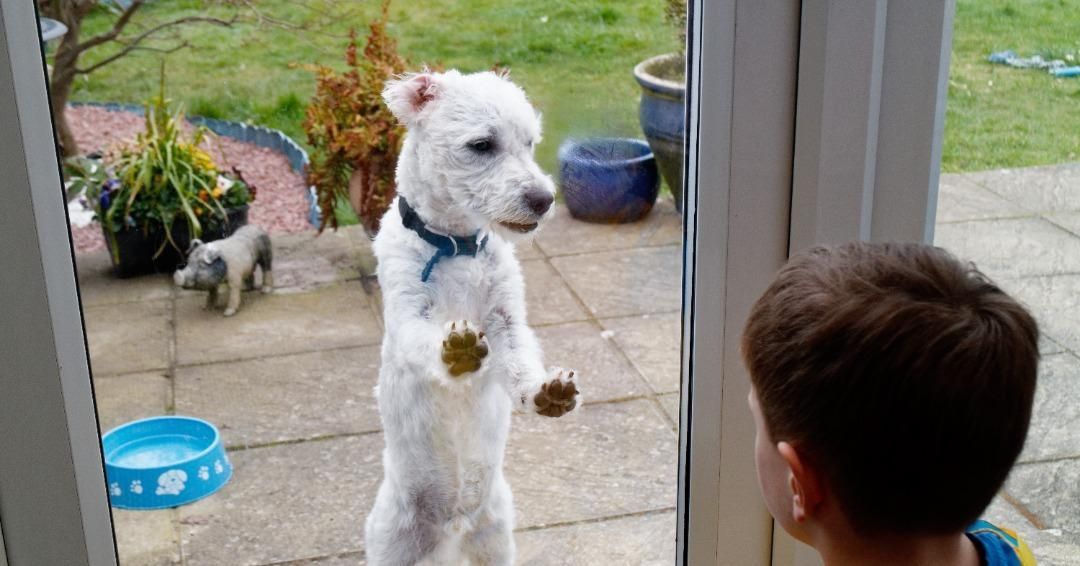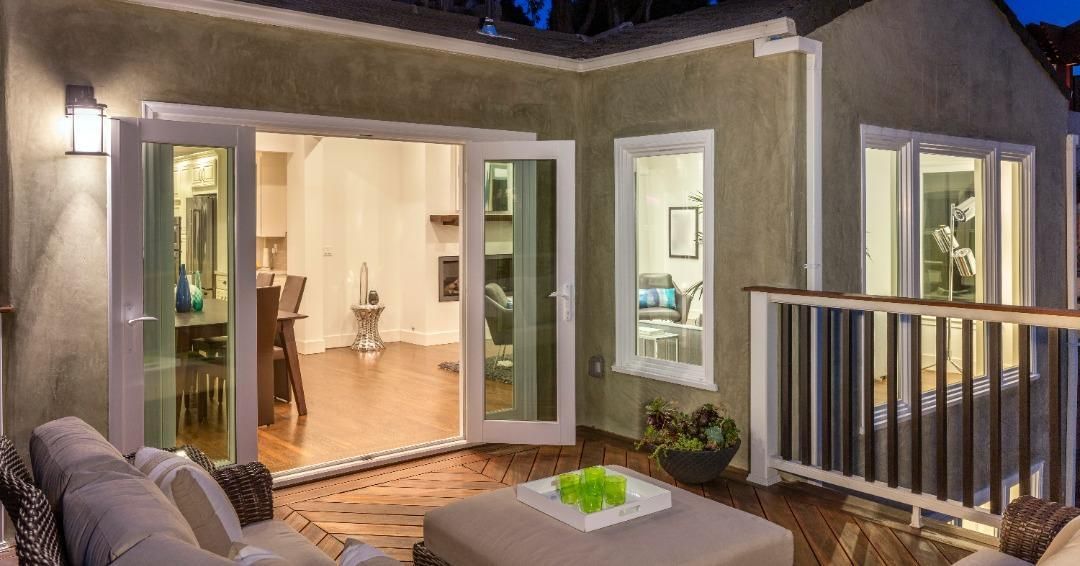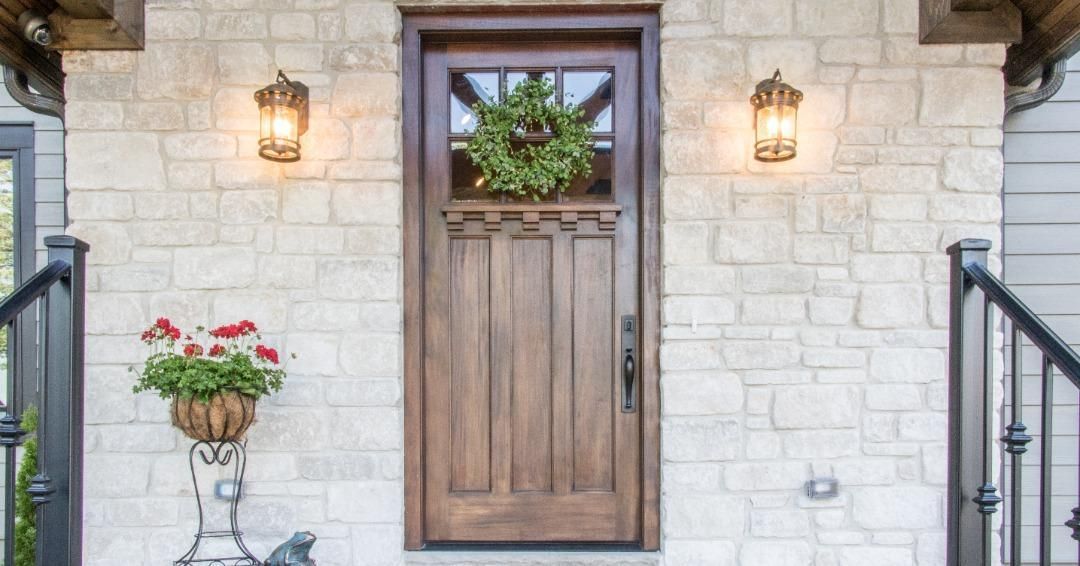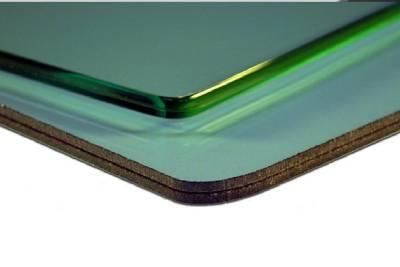Tips to Improve Your Weatherstripping & Energy Efficiency in Your Home
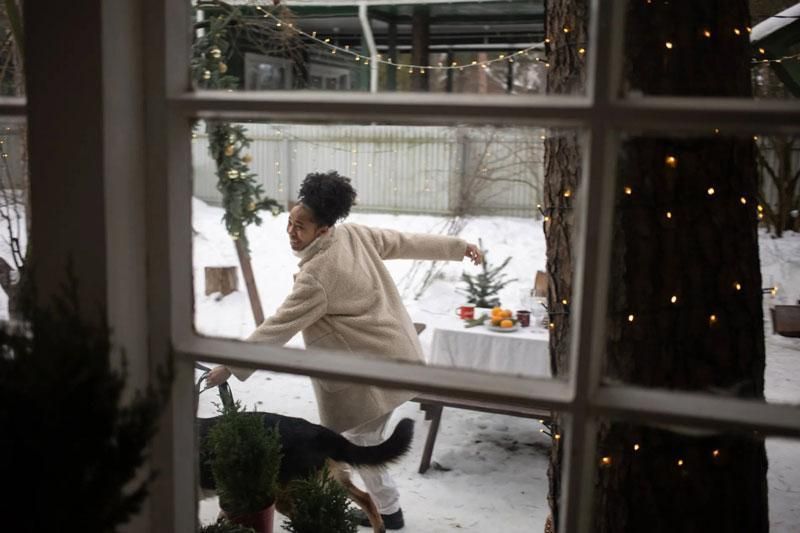
Winter is coming! Tips to improve your weatherstripping/door bottoms and energy efficiency at your home.
$100s of dollars is what you could save monthly with new weatherstripping and a quality door sweep. Luckily we can save you time and money with door repairs at DFW Door Repair. Take advantage of our can’t miss offer including free door inspections!
Saving Money on Energy Bill
Winter is coming and ready or not, it will show up. Of course, we all want to keep it outside, but invariably, it filters its way into our homes in the form of cold air around our drafty doors. In North Texas we generally have 2 different types of
weatherstripping installed, there are more than 2 but here are the most common types:
compression style and brass/ copper style metal weatherstripping. Your door may have nothing at all, which is a possibility as well.
Compression Style Weatherstripping
The compression style weatherstripping is easy to replace, as it has a spline that fits into a “kerf”, or little groove cut into the
side of the door frame. It easily slips out and a new one will tuck into its place. Compression weatherstrip comes in 2 main colors, white or black, sometimes referred to as dark bronze. Both can be picked up at your local home improvement store. The quality of the weatherstripping from a home improvement store is often times very cheap and does not last very long. Most are made with cheap materials and lack“memory”, or the ability for the weatherstrip to spring back once the door is opened to prepare a good seal once closed. Many times, weatherstripping found at home improvement stores is too short, causing DIY folks and handymen to splice in pieces.
This defeats the purpose and only generates another area for a draft to enter your home. Ultimately this results in a higher energy bill and loosing your hard earned money. Professional companies have access to much better materials that perform well above the mentioned products and will last years in some cases. Premium suppliers and expert in-house technicians make a huge difference when repairing a door. DIY is an attractive option but it can set you back long term.
Metal Weatherstripping
Metal weatherstripping is typically found on older homes and requires a different approach to replacement. This style of weatherstripping requires special tools and is generally installed by a skilled artisan and has a much higher cost and isn’t a suitable DIY project. The weatherstripping itself is also quite expensive. If you have this type, all is not lost. There are a couple of work arounds that work well in sealing the drafts for these types of situations, but they are not generally recommended as DIY projects as they require special saws and nail guns to attach them.
Door Sweeps/Door Bottoms
Let’s talk about another aspect of door repair and even door installation that you don’t want to miss!
One other thing to consider is the bottom sweep, or rubber on the underside of the door. There are many styles and types, but the best ones attach to the bottom of the door with staples. I would not recommend installing this as a DIY project. To do it properly, you should take the door off the hinges and put it on a flat, elevated platform like sawhorses. It will require at least two people to do this well as the door can be very heavy and awkward. Some of the doors in Dallas and around DFW are actually thicker than most and can way up to 400 pours! This type of door requires a special door bottom and skilled craftsmen to replace, so for safety reasons we recommend hiring a professional and not installing this personally. If you find yourself in need of help with weatherstripping or any other door needs, please feel free to call us at the number on our website or fill out a form for a free estimate.
We will respond within 2-3 minutes and we will be happy to help or guide you down the right path to seal your home this winter and save money all year long.

